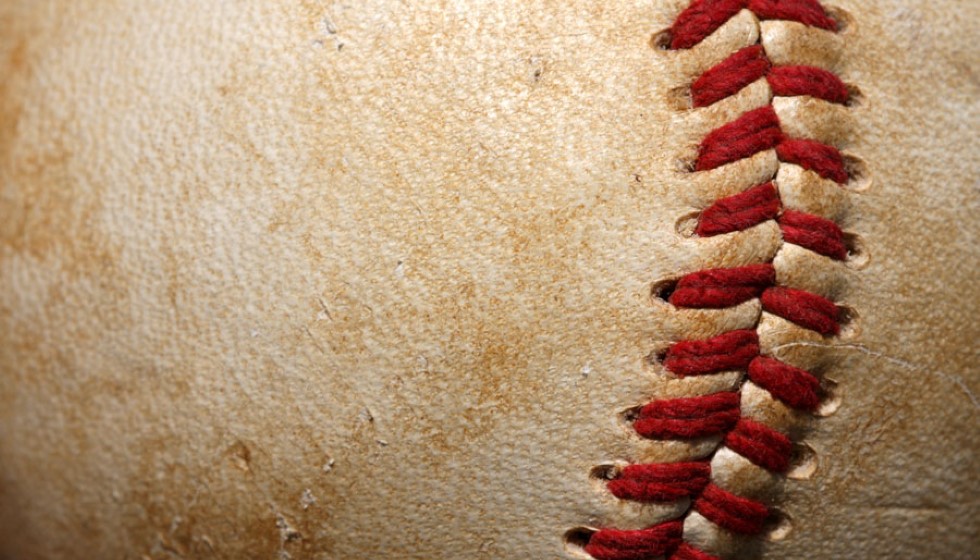
Spring Training Approaches: Dodgers and Twins Make Strategic Moves
As the countdown to spring training continues, with pitchers and catchers set to report in just over a month, major league teams are busy adjusting rosters and refining strategies for the upcoming season. A significant transaction has just shaken the baseball world: the Los Angeles Dodgers have decided to designate their up-and-coming catcher Diego Cartaya for assignment, subsequently trading him to the Minnesota Twins for promising right-handed prospect Jose Vasquez.
The Dodgers, known for their strategic depth and savvy team-building approach, are well-equipped in the catching department despite Cartaya's departure. Boasting talents such as Will Smith, Austin Barnes, and Dalton Rushing, the Dodgers seem strategically positioned not only to withstand Cartaya's absence but also to use this trade as an opportunity to bolster their pitching prospects.
Diego Cartaya, a player with substantial promise, will be 23 for most of the upcoming season. Viewed by many as a prospect with a bright future, his tenure with the Twins will be closely watched by fans and analysts eager to see how he adapts to a new environment and system.
Giants and Cubs Firm Their Foundations
Elsewhere in MLB, the San Francisco Giants have made headlines by reinforcing their commitment to long-term stability on the field. The Giants revealed they have secured third baseman Matt Chapman and shortstop Willy Adames for key roles on their roster. This commitment to solidify their infield reflects an enduring confidence in their potential to lead the team toward success.
Marco Luciano of the Giants is navigating the strategic landscape with care, utilizing his last minor-league option this year. This crucial period for Luciano will be pivotal as he aims to transition smoothly into the major league scene.
Meanwhile, the Chicago Cubs have displayed a strategic layout of their outfield roster. With standout names like Kyle Tucker and Seiya Suzuki, along with budding talent Kevin Alcántara, the Cubs are keen on finding the right balance of experience and promising potential.
Owen Caissie, also a part of this promising Cubs ensemble, has notably reduced his strikeout rate to 28.4%. With his 23rd birthday coming up in July, Caissie’s progress represents a growing narrative of development and discipline within the Cubs’ system.
Rookie Struggles and Prospects’ Pathways
Jud Fabian, part of the Baltimore Orioles system, experienced noteworthy struggles in Triple-A, turning heads with a nearly 5-to-1 strikeout-to-walk ratio. Despite these challenges, Fabian remains in a system populated with emerging stars like Colton Cowser and seasoned players like Cedric Mullins. The competitive environment is undeniably fierce, demanding both resilience and flexibility from its young players.
A thought-provoking sentiment echoes through discussions about prospects: "The concept of a blocked prospect is often overapplied." This perspective, shared by insiders and thought leaders in the baseball community, suggests a nuanced understanding of how young players are integrated—or at times, hindered—within major league systems. This perspective challenges teams to reevaluate how they cultivate talent, always seeking a balance between immediate need and long-term vision.
The various roster moves and player evaluations leading up to the season exemplify the intricate chess game that is modern baseball management. As spring training beckons, teams will continue to finesse their lineups, refine player development strategies, and cultivate a culture of competitiveness aimed at success, not only for the upcoming season but for many to come.